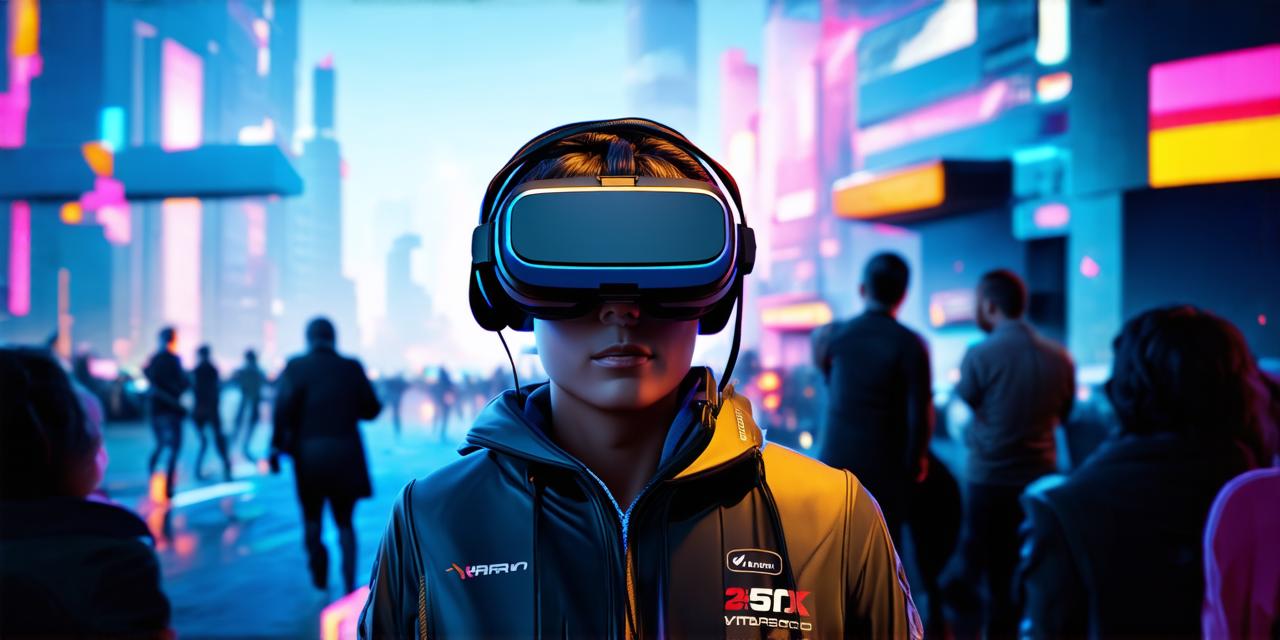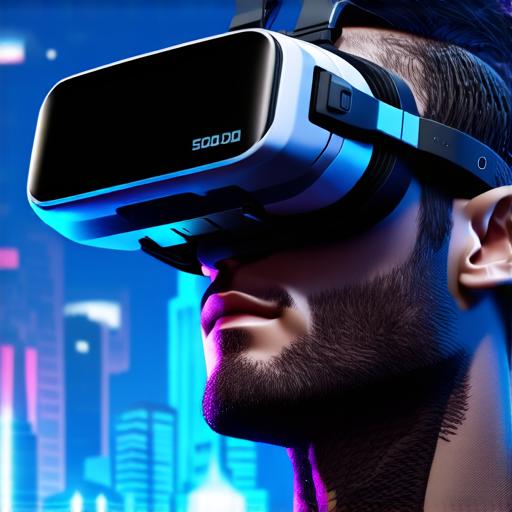
What is the purpose of virtual reality headsets?
Virtual reality headsets (VR headsets) are becoming increasingly popular in various industries such as gaming, education, and healthcare. These devices allow users to experience immersive environments and interact with virtual objects in a way that simulates real-world scenarios.
Key Features of VR Headsets
VR headsets come in various types, including Oculus Rift, HTC Vive, PlayStation VR, and more. They all have similar features that make them suitable for different applications.
- Displays: VR headsets have two displays that display stereoscopic images, which means they appear to be in 3D. These displays are typically located at a distance of about 2-4 inches from each eye and are adjustable to fit the user’s comfort level.
- Tracking: VR headsets use sensors and cameras to track the user’s movements and translate them into virtual reality experiences. This tracking technology allows users to interact with virtual objects in a way that simulates real-world scenarios.
- Resolution: The resolution of VR displays can vary, but most modern VR headsets have resolutions of around 1080 x 960 pixels per eye. Higher resolution displays can provide more immersive experiences, but they also require more powerful hardware to run smoothly.
- Field of View (FOV): The field of view is the angle at which a VR headset displays its virtual environment. It typically ranges from 90 to 120 degrees and affects how immersed users feel in the virtual world.
- Audio: Many VR headsets come with built-in audio systems that provide spatial audio, which allows users to hear sounds from different directions. This enhances the overall experience and makes it more realistic.

Benefits of VR Headsets for Developers
Virtual reality headsets offer numerous benefits for developers in various industries. Some of these benefits include:
- Training and Simulation: VR headsets can be used to create immersive training simulations for employees in fields such as healthcare, manufacturing, and military. These simulations allow users to practice skills in a safe environment without the risk of injury or damage to equipment.
- Gaming: VR headsets have revolutionized gaming by providing immersive experiences that were previously impossible on traditional gaming consoles. Developers can create games that transport players into virtual worlds and allow them to interact with characters and objects in new and exciting ways.
- Education: VR headsets can be used to create educational experiences that are more engaging and interactive than traditional classroom settings. Students can explore virtual environments, interact with virtual objects, and even learn new languages through immersive experiences.
- Therapy: VR headsets have been used in therapy to treat conditions such as PTSD, anxiety disorders, and phobias. By creating realistic simulations of triggering situations, therapists can help patients overcome their fears in a controlled environment.
- Design and Visualization: VR headsets allow architects, engineers, and designers to visualize their projects in 3D and explore different design options without the need for physical models. This saves time and resources and allows for more accurate and efficient decision-making.
Case Studies of VR Headset Applications
There are countless examples of how VR headsets have been used in various industries. Here are a few case studies to illustrate their potential:


